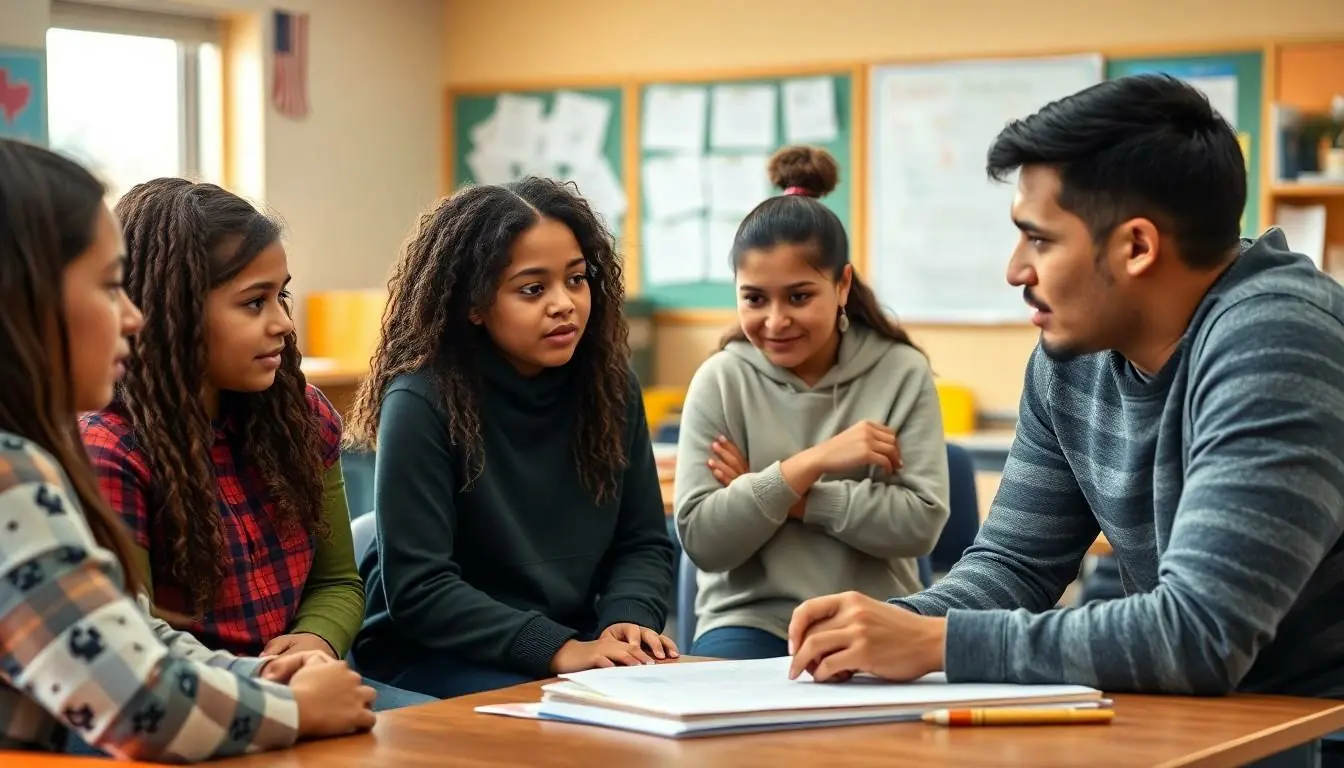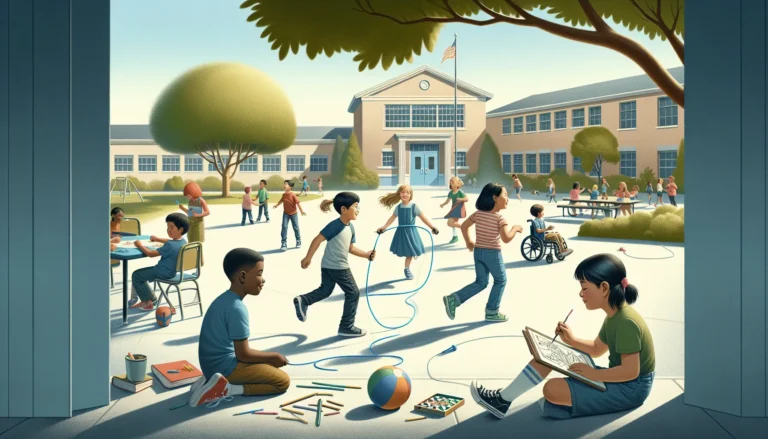When traditional schools feel like a game of dodgeball with emotional grenades, alternative schools for behavior problems might just be the lifeline needed. They offer a fresh approach to education, turning chaos into creativity and struggles into strengths. Imagine a place where students aren’t just numbers in a system but individuals with unique needs and talents.
Table of Contents
ToggleUnderstanding Alternative Schools
Alternative schools offer tailored educational experiences for students facing behavioral challenges. These institutions prioritize individual needs, promoting emotional and academic growth.
Definition and Purpose
Alternative schools serve as supportive environments for students who struggle in traditional settings. They focus on personalized learning experiences that address behavioral issues. Instead of generic teaching methods, these schools apply innovative practices designed to engage students. Staff members often work collaboratively with families to develop individualized education plans. This approach nurtures students’ strengths while helping them overcome their struggles, turning challenges into learning opportunities.
Types of Alternative Schools
Various types of alternative schools cater to different needs. Therapeutic schools emphasize mental health support alongside education. These institutions integrate counseling services into the curriculum, ensuring students receive comprehensive care. Montessori schools promote student-centered learning, encouraging self-directed exploration. Charter schools, while public, offer specialized curricula and often smaller class sizes, allowing for personalized attention. Lastly, vocational schools prepare students for specific career paths, blending education with practical skills training, promoting confidence and readiness for the workforce.
Identifying Behavior Problems
Recognizing behavior problems is crucial for finding appropriate educational solutions. Alternative schools address these issues through specialized programs tailored for each student.
Common Behavioral Issues
Anger management problems frequently manifest in students unable to control their emotions. Anxiety presents another challenge, often resulting in withdrawal or avoidance. Attention deficits hinder focus and ability to follow instructions, significantly impacting academic performance. Defiance and opposition toward authority figures can disrupt the classroom environment, affecting both peers and teachers. Social skills deficits create difficulties in forming healthy relationships with classmates, leading to isolation. Each of these behavioral issues contributes to a student’s struggle in traditional learning environments.
Signs That Alternative Education Is Needed
Notable declines in academic performance signal potential behavioral problems. Frequent disciplinary actions or suspensions indicate an ongoing struggle with conventional schooling. Patterns of missed school days or chronic tardiness often point to a lack of engagement or emotional distress. Changes in a student’s social interactions may reveal underlying issues that require intervention. Observable mood swings or emotional outbursts suggest deeper emotional challenges that may not be addressed in standard settings. Recognizing these signs helps parents, guardians, and educators determine when alternative education becomes essential.
Finding Alternative Schools for Behavior Problems Near Me
Finding suitable alternative schools for behavior problems requires thorough research and careful consideration. Local options exist to support students facing challenges in traditional settings.
Researching Local Options
Start by exploring community resources and online directories that list alternative schools. These platforms may include state education department websites and local school district resources. Visiting the websites of specific schools helps gather vital information about their mission, values, and educational programs. Parents and guardians can also reach out to local support groups focused on behavioral issues for recommendations. Networking with other families in similar situations can uncover hidden gems. Participating in community events showcases the involvement of schools in the surrounding area while allowing prospective families to gather insights.
Evaluating School Programs and Approaches
Focus on evaluating each school’s educational philosophy and methodologies. Understanding the curriculum provides insight into whether it aligns with a student’s needs. Look for schools that emphasize individualized education plans, designed to cater to unique student challenges. Investigating staff qualifications ensures the personnel possess the skills necessary to support students with behavioral issues. Observing classroom environments reveals whether they foster emotional growth and a sense of safety. Seeking feedback from current students and their families adds significant value to the decision-making process. Prioritizing schools with strong support systems for both students and families promotes successful transitions.
Benefits of Alternative Schools
Alternative schools provide unique advantages that address the needs of students with behavioral issues. Their focus on personalized approaches fosters both emotional and academic growth.
Tailored Education Plans
Tailored education plans are fundamental components of alternative schools. Each student receives an individualized education plan that reflects their strengths and challenges. Staff members collaborate with families to ensure these plans effectively address behavioral issues. This personalized attention leads to improved academic engagement and success. Individualized strategies enhance learning, allowing students to connect with the curriculum in meaningful ways. Support from teachers often includes flexible pacing and modifying teaching methods based on each student’s learning style.
Supportive Learning Environments
Supportive learning environments characterize alternative schools as safe spaces for students. These schools emphasize emotional well-being, fostering a sense of belonging and acceptance. Teachers create nurturing atmospheres that encourage self-expression, reducing feelings of isolation and frustration. Moreover, smaller class sizes enable more one-on-one interactions, cultivating relationships built on trust. Such an environment supports collaboration between students and staff, promoting accountability and growth. Ultimately, this approach transforms challenges into opportunities for development, preparing students for future academic and life successes.
Conclusion
Exploring alternative schools for behavior problems can open doors to new opportunities for students struggling in traditional environments. These institutions provide tailored support that addresses individual needs while fostering emotional and academic growth.
By recognizing the signs that indicate a need for alternative education, parents and educators can make informed decisions that prioritize a student’s well-being. The benefits of smaller class sizes and personalized learning plans create a nurturing atmosphere where students can thrive.
Ultimately, finding the right alternative school can transform challenges into strengths, equipping students with the skills and confidence they need for future success.





